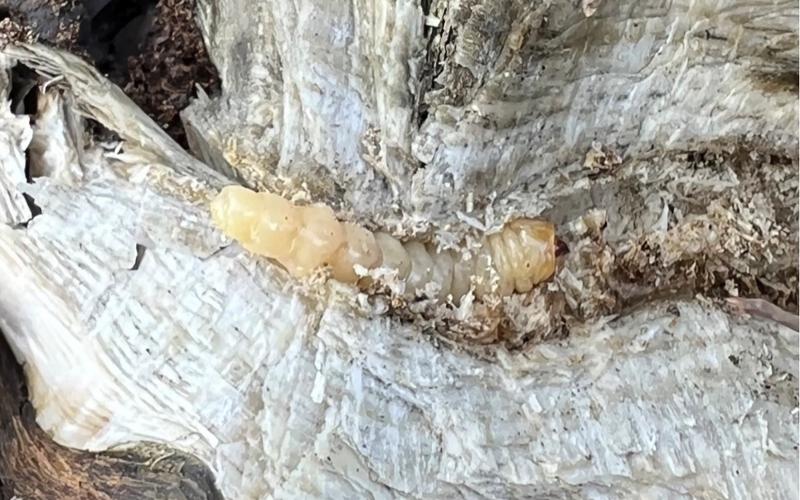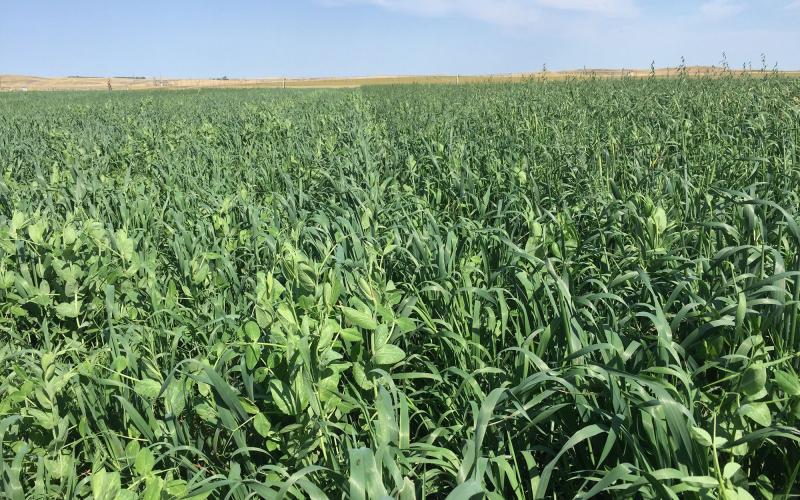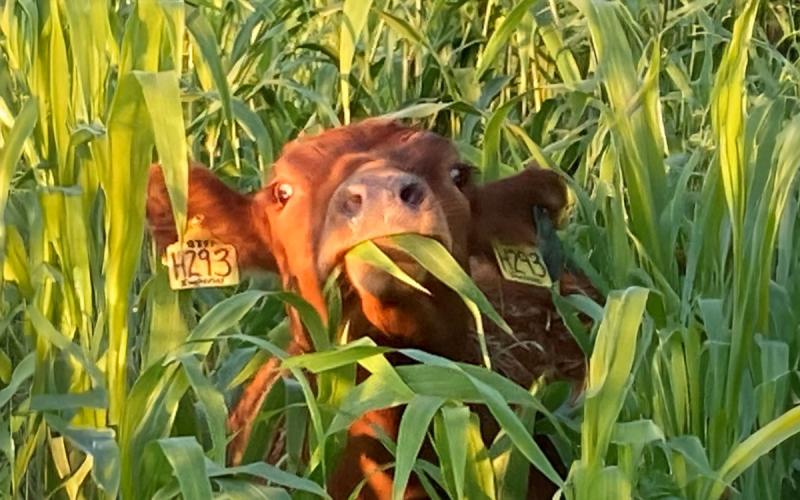Written collaboratively by Adam Varenhorst, Philip Rozeboom, Amanda Bachmann, Erica Anderson, and Patrick Wagner
During the growing season, grasshoppers are easily spotted throughout South Dakota. Close inspection of grasshoppers sometimes reveals small red spots on their bodies. These small red spots are actually grasshopper mite larvae (Arachnida: Trombiidae). While the grasshopper mite adults feed on grasshopper eggs within the soil, the parasitic larvae are observed when they are attached to the outer surface of grasshopper nymphs and adults. Research on grasshopper mites suggest that larval infestations can reduce grasshoppers’ reproductive ability. Furthermore, severe infestations can interfere with grasshopper mobility, making them more susceptible to predators. Although it is likely that there are several species of grasshopper mites present in South Dakota, we will be discussing grasshopper mites as two species complexes: Eutrobidium spp. and Leptus spp. This is due to the complexity of identifying grasshopper mites to species. Historically, grasshopper mites have been referred to by many different names (e.g., red mite of grasshopper, grasshopper tick, chigger of grasshopper, louse of grasshopper, etc.). In South Dakota, grasshopper mites are found throughout the state1. Although grasshopper mites can survive in both wet and dry soil conditions, previous research determined that extreme conditions (e.g., flooding or drought) can negatively affect their populations.


